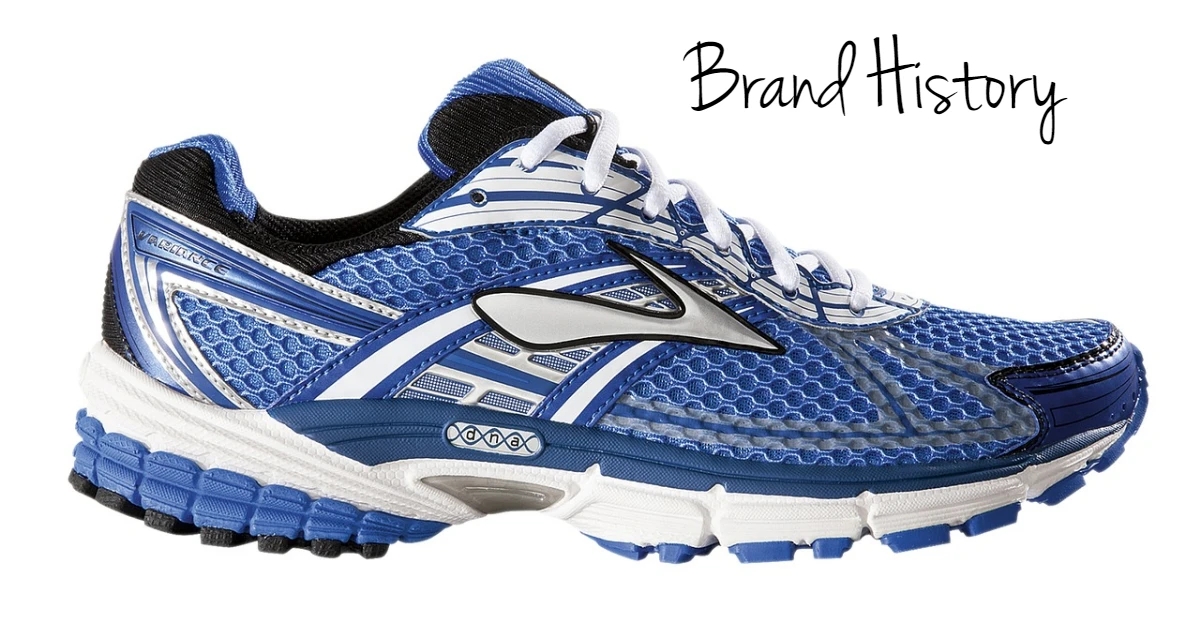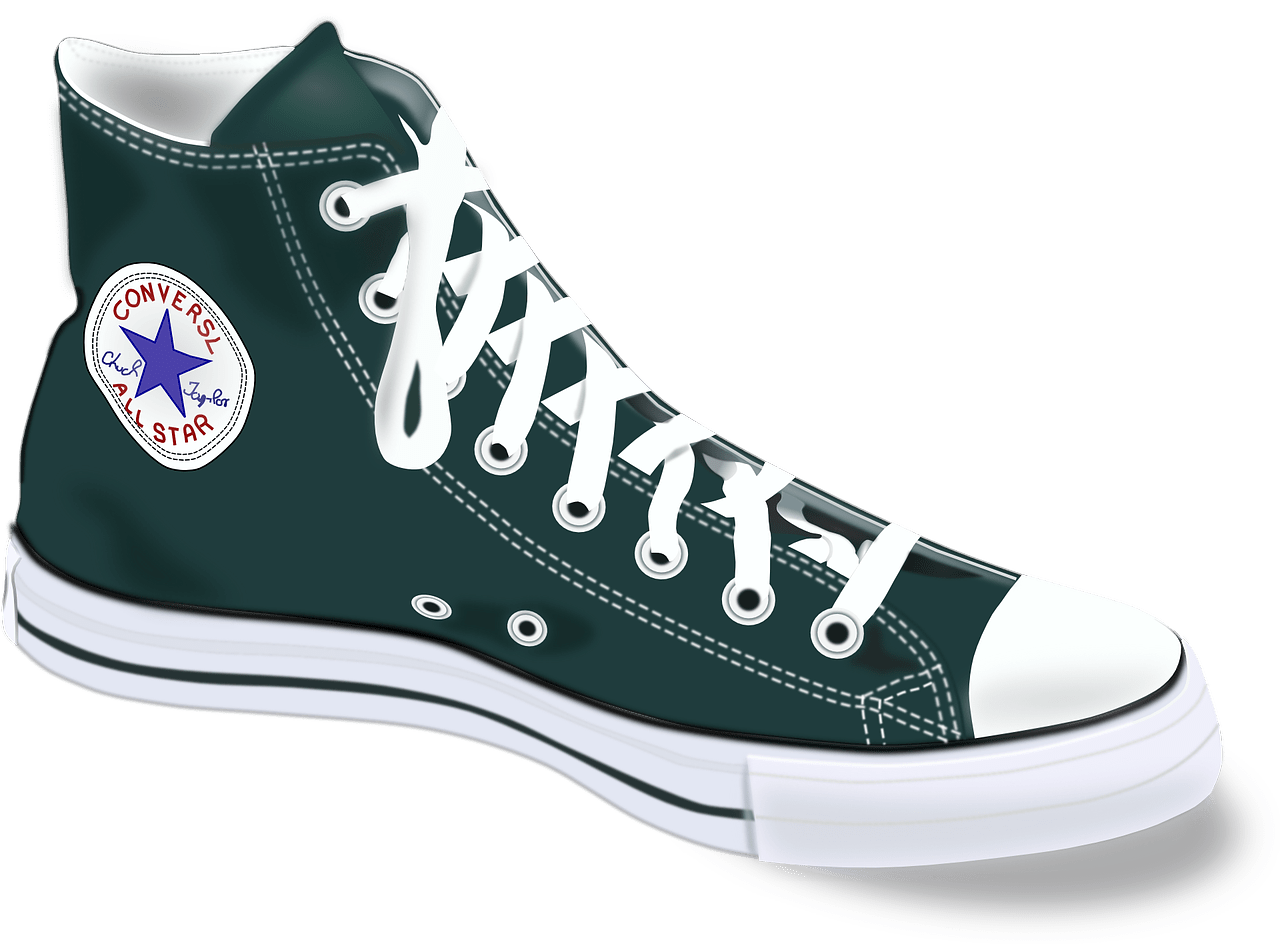Saucony is a brand that has long been associated with high-quality athletic footwear, particularly in the world of running. Over the years, Saucony has developed a reputation for innovation, using cutting-edge materials and technology to produce shoes that offer superior performance, comfort, and support. From the development of the “Grid” cushioning system in the 1990s to more recent innovations like the Endorphin line of performance running shoes, Saucony has continued to push the boundaries of what’s possible in athletic footwear.
The early years
Saucony was founded in 1898 in Kutztown, Pennsylvania, by four businessmen who saw an opportunity to produce high-quality footwear for children.
The company was initially called the Saucony Shoe Manufacturing Company and was located near the Saucony Creek, which is where it got its name.
In its early years, Saucony focused on producing shoes for children and other everyday use. The company quickly gained a reputation for quality craftsmanship and attention to detail, and its shoes became popular with local customers.
By the 1930s and 1940s, however, Saucony began to shift its focus to producing athletic shoes. This was in part due to the increasing popularity of sports like baseball and football, which created a growing demand for specialized footwear.
Saucony’s early forays into the athletic shoe market were successful, with the company producing a range of cleats for baseball and football players.
However, it wasn’t until the 1980s that Saucony really began to make a name for itself as a major player in the running shoe market.
In 1981, Saucony introduced the Jazz sneaker, a lightweight running shoe that quickly gained a following among serious runners.
The Jazz was praised for its comfortable fit, durable construction, and stylish design, and it helped establish Saucony as a major player in the running shoe market.
Transition to athletic footwear
In the 1930s and 1940s, Saucony started to pivot away from producing shoes for everyday use and began to focus on producing athletic shoes.
The company’s early success came from producing cleats for baseball and football players. These early athletic shoes were well-received by athletes due to their quality construction and durability.
It wasn’t until the 1980s that Saucony began to gain significant traction in the running shoe market. The Jazz sneaker, introduced in 1981, was the company’s first major success in the running shoe category.
The Jazz was designed with a focus on lightweight construction, cushioning, and breathability, and quickly became a favorite among serious runners.
Saucony continued to build on the success of the Jazz in the 1980s and 1990s by introducing new running shoes that featured cutting-edge technology and innovative designs.
The Grid system, introduced in 1991, was one of Saucony’s most significant innovations during this time period.
The Grid system used a network of lightweight foam columns to provide superior cushioning and reduce impact on the joints during running.
In the late 1990s, Saucony further expanded its offerings with the introduction of the Triumph line of shoes, which featured advanced cushioning and support technology.
Saucony’s reputation as a leading brand in the running shoe market continued to grow during this time period, with the company winning multiple awards and receiving high praise from runners and experts alike.
Technological innovations
Saucony has a long history of technological innovation in the athletic footwear industry. The company’s early innovations included the use of spikes on the soles of shoes to provide better traction for athletes and the development of lightweight materials to make shoes more comfortable and agile.
In the 1980s and 1990s, Saucony continued to push the boundaries of what was possible in athletic footwear.
The company introduced the Grid system in 1991, which revolutionized cushioning technology in running shoes.
The Grid system used a network of foam columns in the sole of the shoe to provide superior cushioning and support for the foot.
This technology quickly became a hallmark of Saucony’s running shoes and was widely praised for its effectiveness in reducing the impact of running on the joints.
More recently, Saucony has continued to innovate with new technologies and materials. The company’s Everun cushioning system, introduced in 2015, uses a layer of foam that is three times more durable than traditional EVA foam.
Everun foam is also designed to maintain its cushioning properties even after prolonged use, providing runners with long-lasting comfort and support.
In 2020, Saucony introduced the Endorphin line of performance running shoes, which features the company’s new PWRRUN PB foam.
This foam is designed to be ultra-lightweight, yet extremely responsive, providing runners with an unparalleled combination of speed and cushioning.
Saucony has also made a commitment to sustainability in recent years, with a focus on reducing waste and using eco-friendly materials in its products. The company has introduced a number of initiatives to reduce its carbon footprint and has pledged to use 100% recycled polyester in its products by 2025.
Recent history and current status
In recent years, Saucony has continued to expand its offerings and reach a broader audience of runners and athletes.
In addition to its popular running shoes, the company has introduced lines of trail running shoes, hiking boots, and cross-training shoes, among others.
One of Saucony’s most significant recent developments has been the growth of its casual footwear line. The company’s retro-inspired sneakers, such as the Jazz and Shadow models, have become popular among fashion-conscious consumers looking for stylish and comfortable shoes.
Saucony has also collaborated with designers and brands on limited-edition versions of its classic sneakers, further increasing its appeal in the fashion world.
Saucony has also made a commitment to sustainability in recent years.
In addition to using recycled materials in its products, the company has implemented a number of initiatives to reduce its environmental impact, such as reducing water usage in its factories and using renewable energy sources to power its operations.
As of 2023, Saucony is a subsidiary of Wolverine Worldwide, a global footwear and apparel company that also owns brands such as Merrell and Sperry.
Saucony’s headquarters are located in Waltham, Massachusetts, and the company operates in more than 50 countries around the world.
Conclusion
In conclusion, Saucony has a rich history of producing high-quality athletic footwear that has been favored by athletes and runners around the world.
From its humble beginnings as a manufacturer of shoes for the working class, Saucony has evolved into a global brand known for its innovative technology and commitment to sustainability.
Throughout its history, Saucony has remained true to its roots as a running-focused brand, constantly pushing the boundaries of what is possible in athletic footwear.
The company’s technological innovations, such as the Grid system and Everun foam, have been widely praised for their effectiveness in providing cushioning and support to runners.
In recent years, Saucony has expanded its offerings to include a variety of other athletic and casual shoes, but has maintained its commitment to quality and sustainability.
As a subsidiary of Wolverine Worldwide, Saucony continues to grow and evolve while remaining dedicated to supporting runners and athletes at all levels.
Overall, Saucony’s history and current status as a leading athletic footwear brand are a testament to the company’s commitment to quality, innovation, and sustainability.
Whether you’re a serious runner or simply looking for a comfortable and stylish pair of sneakers, Saucony’s products are a great choice.








